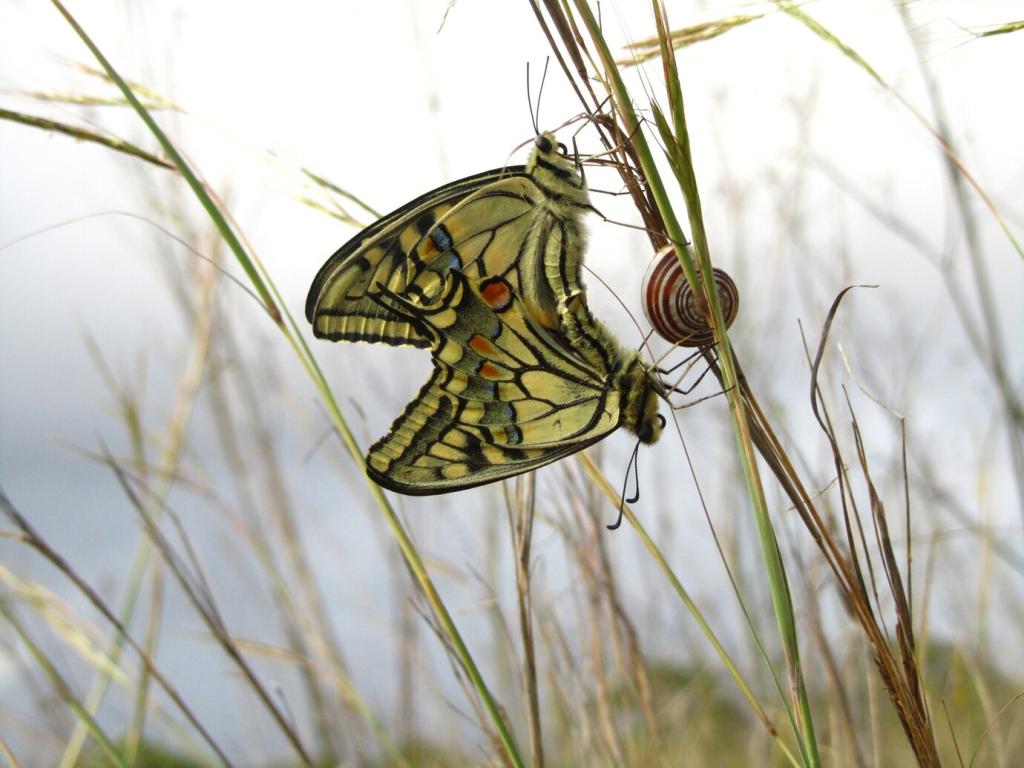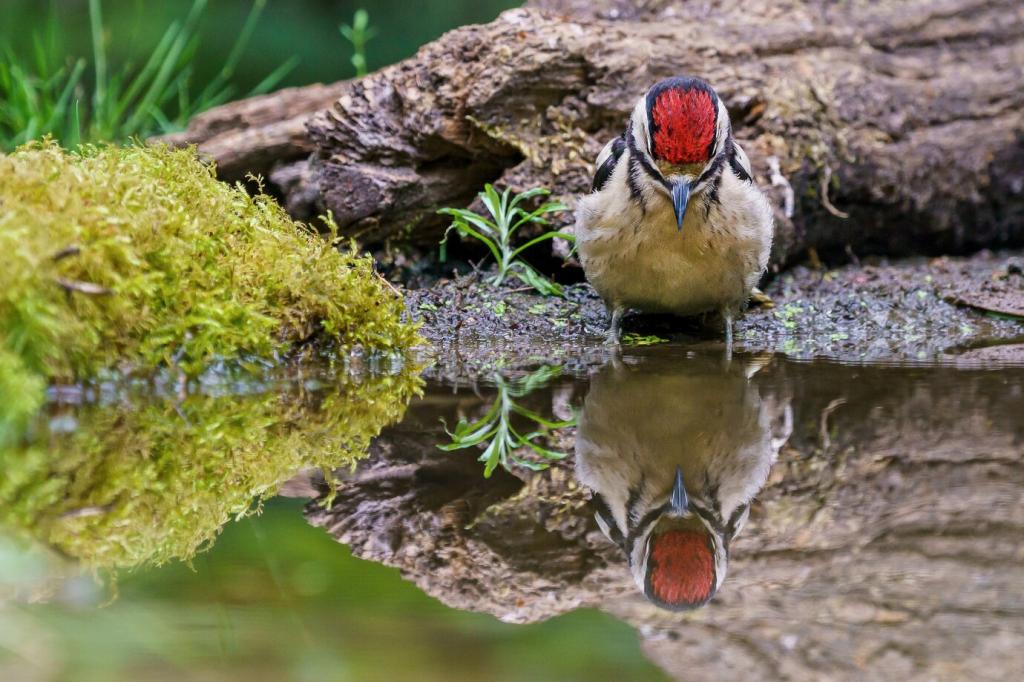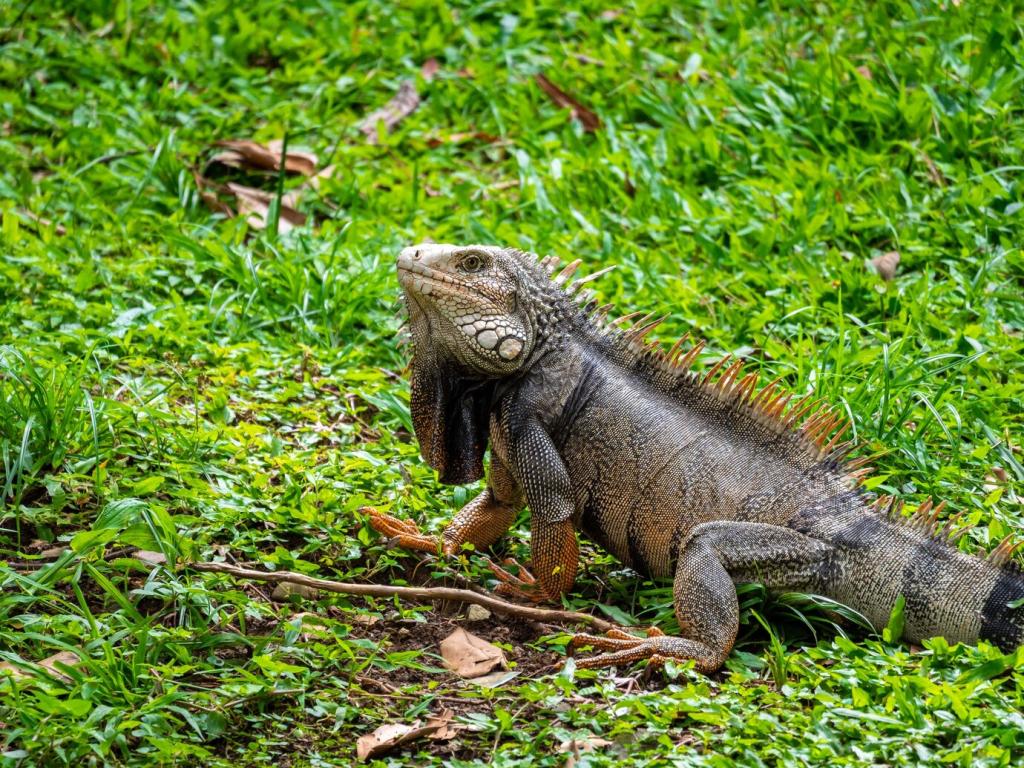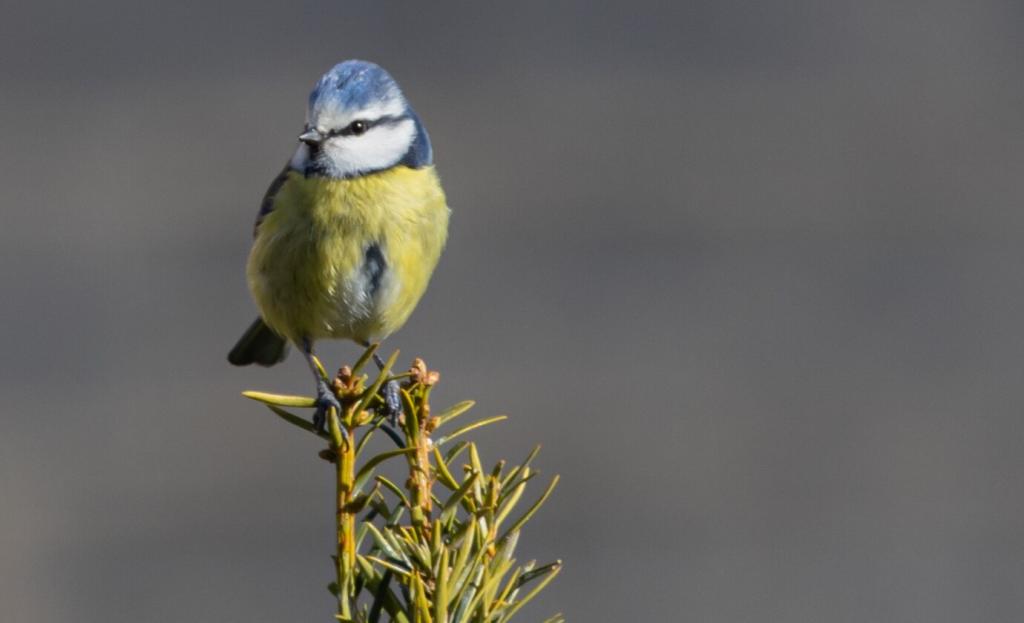Selected theme: Pet-Friendly Lawn Care Tips. Welcome to a yard where hoofbeats, zoomies, and bare feet all belong. Explore gentle, science-backed ideas to keep your lawn lush while protecting your best friend’s health. Have questions? Ask below and subscribe for weekly tips.
Pet-Safe Grasses and Groundcovers That Last
Tall fescue, perennial ryegrass, and Kentucky bluegrass blends offer durability for fetch sessions, while warm-climate yards often thrive with bermudagrass or zoysia. Choose seed free of unnecessary chemical coatings, and overseed high-traffic paths to maintain dense, paw-friendly coverage.
Pet-Safe Grasses and Groundcovers That Last
Microclover mixed with turf reduces urine burn, adds natural nitrogen, and stays green longer. In lighter traffic areas, creeping thyme or low-growing yarrow can soften edges. Combine turf with stepping stones to guide zoomies and reduce compaction.



Chemical Safety Without Compromise
Look for EPA signal words like Caution, Warning, or Danger and follow reentry intervals strictly. Apply only when wind is calm, water in as directed, and keep pets off until treated areas are completely dry. When unsure, skip it or consult your vet.
Protecting Paws, Tummies, and Curiosity
01
Mulch Matters
Skip cocoa mulch, which can be toxic if ingested, and avoid rubber mulch that overheats tender paws. Choose shredded pine or cedar at a modest depth, and border beds to discourage digging. Refresh regularly so sharp, splintering pieces don’t accumulate.
02
Seasonal Hazards to Watch
Spring fertilizers, summer heat, and autumn mushrooms can cause trouble. Foxtail awns embed in paws and noses, while winter de-icers irritate skin. Rinse paws after walks, store salts out of reach, and scout your yard weekly for mushrooms and thorny volunteers.
03
Water, Shade, and Cooling Zones
Offer a shaded rest spot, fresh water bowls, and a shallow splash bin for cooling. Lay movable shade sails or umbrellas over favorite play areas, and test surface heat with your palm. Paw balms help, but shade and hydration work best.
Training that Protects the Lawn
Create a Potty Zone Dogs Actually Use
Designate a gravel or pea-stone corner with clear edging and a scent marker, then guide your dog there consistently. Reward immediately, keep it clean, and add privacy shrubs to make the spot appealing even during exciting playtime.
Redirect Digging with a Dig Box
Provide a sand-and-soil dig pit with buried toys and rotate treasures to keep interest high. Praise digging in the right spot, then block or replant damaged areas elsewhere. This simple outlet can save roots, sprinkler heads, and sanity.
Urine Spots and the pH Myth
Brown patches are mostly about nitrogen concentration, not pH. Dilute fresh spots with water, raise mowing height for resilience, and add microclover for natural buffering. Avoid salt-based supplements; always consult your vet before changing your dog’s diet or hydration.
A Resilient, Pet-First Lawn Care Routine
Set blades to three to four inches, mow when grass is dry, and leave clippings to feed the soil. Pause play right after mowing to avoid slips, and sharpen blades often to minimize disease entry points and torn turf.


This is the heading
Lorem ipsum dolor sit amet, consectetur adipiscing elit. Ut elit tellus, luctus nec ullamcorper mattis, pulvinar dapibus leo.

This is the heading
Lorem ipsum dolor sit amet, consectetur adipiscing elit. Ut elit tellus, luctus nec ullamcorper mattis, pulvinar dapibus leo.
